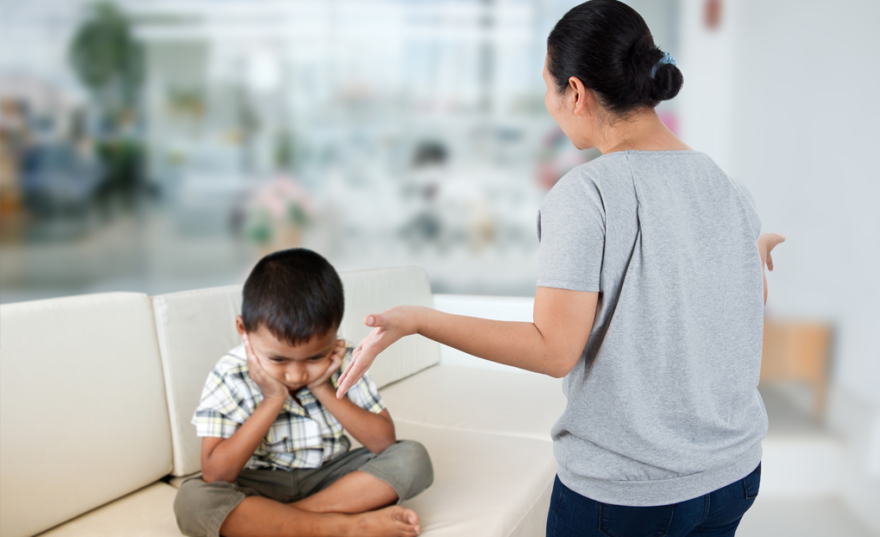Callous-unemotional (CU) traits – including a diminished ability to feel guilt and reduced concern for other people’s feelings – are often associated with severe and persistent antisocial behaviour. Past research has shown that genetic influences are important in explaining the risk of developing CU traits,1 but that warm and consistent parenting can buffer the genetic risk.2 The relative importance of genetic versus environmental influences on the initial risk and trajectory of CU traits, however, is unclear.
This month, Essi Viding and colleagues published their findings from an investigation into the roles of genetic and environmental factors in the development of CU traits from childhood to adolescence. They harnessed data from >8,000 twin pairs from the Twins Early Development Study3 and assessed CU traits at ages 7, 9, 12 and 16 years reported by mothers.
“We found that genetic factors did not just influence stability, but were also important for developmental change in CU traits”, explains Viding. “Furthermore, we showed that the genes that were important for CU traits in childhood were different from the genes that influenced later development of CU traits”. They also found that child-specific (nonshared) environmental influences were important for shaping how CU traits developed. Again, there was clear evidence for different environmental influences being important at different points in development.
“New genetic and environmental influences with age suggest that repeated, age-tailored interventions may be required throughout development to make a lasting difference in the presentation of CU traits and associated outcomes”, says Viding. “Instead of just focusing on early intervention (which we can think of as inoculation), we may need to target the most vulnerable children with repeated, age appropriate preventative interventions (we can think of these as booster shots), to counter any age specific ‘snares’.”
Going forward, the researchers conclude that additional studies that systematically define age-specific risk factors and identify suitable preventative interventions are required. Such interventions might include parenting programmes for younger children and peer interventions for adolescents.
Referring to
Takahashi, Y., Pease, C.R., Pingault, J-B. & Viding, E. (2020), Genetic and environmental influences on the developmental trajectory of callous‐unemotional traits from childhood to adolescence. J. Child Psychol. Psychiatr. doi: 10.1111/jcpp.13259.
References
1Viding, E. et al. (2012), Genetic and neurocognitive contributions to the development of psychopathy. Dev. Psychopathol. 24, 969–983. doi: 10.1017/S095457941200048X
2Waller, R. et al. (2018) Parenting is an environmental predictor of callous-unemotional traits and aggression: A monozygotic twin differences study. J. Am. Acad. Child Adolesc. Psychiatry. 57, 955–963. doi: 10.1016/j.jaac.2018.07.882.
3Haworth, C.M.A. et al. (2013). Twins Early Development Study (TEDS): A genetically sensitive investigation of cognitive and behavioral development from childhood to young adulthood. Twin Res. Hum. Genet. 16, 117–125. doi: 10.1017/thg.2012.91.
Glossary
Callus unemotional traits: a dimension of psychopathy in which an affected individual displays low empathy, low guilt and no remorse.
